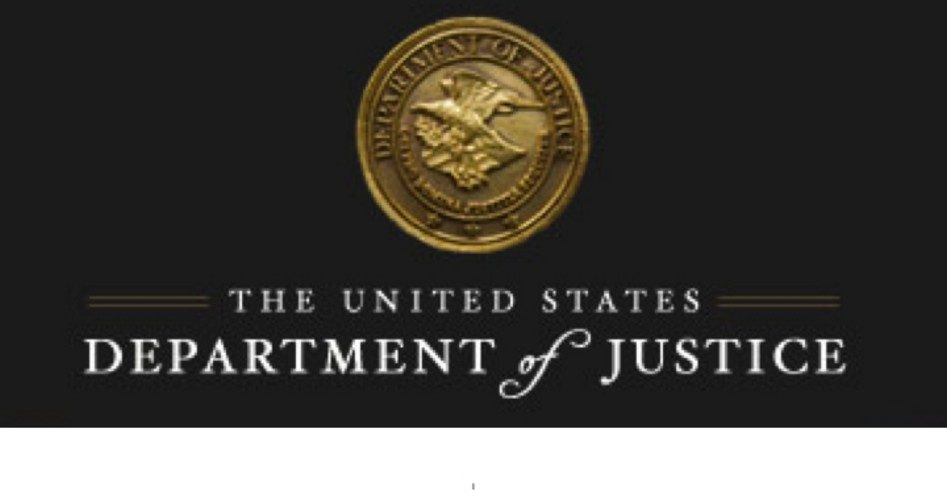
If there’s racial violence following the George Zimmerman verdict, will it bear Department of Justice fingerprints? According to public advocacy group Judicial Watch, the answer is yes.
At issue are the actions of the DOJ’s “Community Relations Service” (CRS), a little-known branch of the department whose operatives were initially sent to Sanford, Florida, in the wake of the George Zimmerman/Trayvon Martin shooting incident. The CRS’ ostensible mission is to engage in “impartial mediation practices and conflict resolution.” Based on documents obtained via a Freedom of Information Act request, however, Judicial Watch claims that the CRS agitated on behalf of anti-Zimmerman forces. The documents reveal the following, reports Judicial Watch:
• March 25 – 27, 2012, CRS spent $674.14 upon being “deployed to Sanford, FL, to work marches, demonstrations, and rallies related to the shooting and death of an African-American teen by a neighborhood watch captain.”
• March 25 – 28, 2012, CRS spent $1,142.84 “in Sanford, FL to work marches, demonstrations, and rallies related to the shooting and death of an African-American teen by a neighborhood watch captain.”
• March 30 – April 1, 2012, CRS spent $892.55 in Sanford, FL “to provide support for protest deployment in Florida.”
• March 30 – April 1, 2012, CRS spent an additional $751.60 in Sanford, FL “to provide technical assistance to the City of Sanford, event organizers, and law enforcement agencies for the march and rally on March 31.”
• April 11-12, 2012, CRS spent $552.35 in Sanford, FL “to provide technical assistance for the preparation of possible marches and rallies related to the fatal shooting of a 17 year old African American male.”
The amount of money spent is small, but what was the effect? This may be hard to gauge with precision, as the law requires CRS operatives to hold their counsel in confidence, but Judicial Watch also tells us:
On April 15, 2012, during the height of the protests, the Orlando Sentinel reported, “They [the CRS] helped set up a meeting between the local NAACP and elected officials that led to the temporary resignation of police Chief Bill Lee according to Turner Clayton, Seminole County chapter president of the National Association for the Advancement of Colored People.” The paper quoted the Rev. Valarie Houston, pastor of Allen Chapel AME Church, a focal point for protesters, as saying “They were there for us,” after a March 20 meeting with CRS agents.
Separately, in response to a Florida Sunshine Law request to the City of Sanford, Judicial Watch also obtained an audio recording of a “community meeting” held at Second Shiloh Missionary Baptist Church in Sanford on April 19, 2012. The meeting, which led to the ouster of Sanford’s Police Chief Bill Lee, was scheduled after a group of college students calling themselves the “Dream Defenders” barricaded the entrance to the police department demanding Lee be fired. According to the Orlando Sentinel, DOJ employees with the CRS had arranged a 40-mile police escort for the students from Daytona Beach to Sanford.
These revelations come as no surprise to many critics. For example, former DOJ civil rights attorney-turned-whistleblower J. Christian Adams wrote just last month, “Right now, hanging on the door of a federal employee’s office in the Department of Justice Voting Section is a sign expressing racial solidarity with Trayvon Martin. What this has to do with the Department of Justice is perhaps a mystery, but not to me.” What Adams alludes to in his last sentence is his assertion that a climate of intense racial bias exists in the DOJ’s Civil Rights Division; in particular, while under oath in 2010, Adams accused his former employer of ordering Civil Rights Division lawyers not to pursue voting-rights cases involving black perpetrators and white victims. Adams said that this is why the government dropped the voter-intimidation case against the New Black Panthers caught on video in an apparent attempt to menace white voters at a Philadelphia polling place in 2008. Adams’ accusations were corroborated by his former DOJ supervisor, Christopher Coates.
Adams also claims that this racial atmosphere starts at the top — with Attorney General Eric Holder himself. In fact, in a 2011 interview with Fox News’ Sean Hannity, Adams made the shocking revelation that Holder carries a card in his wallet that essentially says “that blackness is more important than anything else and that the black U.S. attorney has common cause with the black criminal.”
Returning to the Zimmerman case, Adams reports that one of the New Black Panthers initially charged in the Philadelphia incident, organization chieftain Malik Zulu Shabazz, “called for a 10,000 strong black-male mob to seize George Zimmerman.” Adams then wrote:
[But] instead of calming the racial tensions, the DOJ took sides. Instead of calming the mob, the DOJ joined it — providing training for the mob and even arranging a police escort.
This is justice, race-hustler style. When Malik Zulu Shabazz demands blood, Eric Holder arrives to deliver a more moderate face to mob anger.
But notice Holder never condemned the calls for vigilantism. Why would he? We’ve learned Holder’s sense of justice depends on what the parties look like. He never has a discouraging word for certain agitators, including Malik Zulu Shabazz.
Perhaps adding further perspective, aforementioned ex-Sanford police chief Bill Lee just asserted in a CNN interview that there was pressure from outside forces to arrest Zimmerman even though the facts of the case didn’t warrant such an action; Lee also says that part of the reason he was fired from his position as police chief was his refusal to yield to that pressure.
But there may be great opportunity to make arrests soon. With a verdict expected in the Zimmerman trial within the next few days, Broward County, Florida, has prepared a response plan in anticipation of possible riots — DOJ inspired or otherwise.
Related article:
If Zimmerman Walks, Media-inspired Riots Anticipated
Al Sharpton: A Lucrative Career Built on Hate and Racial Conflagration


